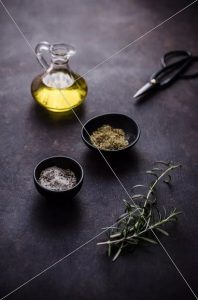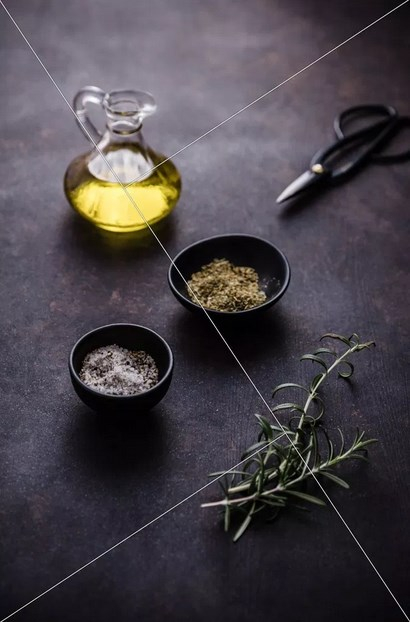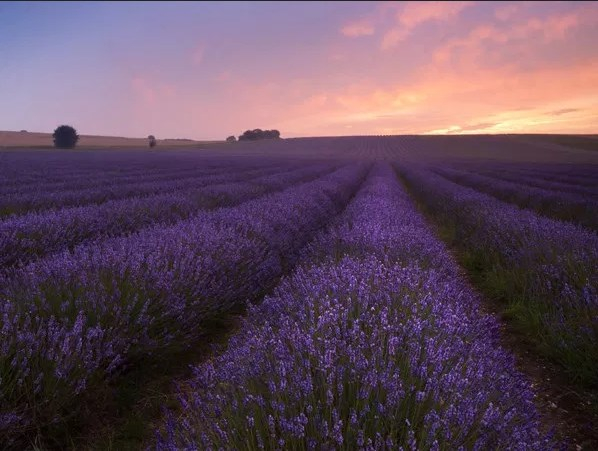RULES OF COMPOSITION FOR NATURALS
 The so-called rules of composition are not so much mandatory requirements as guiding principles. Why? Because not every compositional tool works for any image. Art is subjective, and what is good for one image can not cope with another. At the same time, high-quality photography implies not only technical skills of the photographer, but also the choice of the right composition. This is especially true for still lifes.
The so-called rules of composition are not so much mandatory requirements as guiding principles. Why? Because not every compositional tool works for any image. Art is subjective, and what is good for one image can not cope with another. At the same time, high-quality photography implies not only technical skills of the photographer, but also the choice of the right composition. This is especially true for still lifes.
Let’s look at a few tips on how you can apply compositional “rules” to still-life photography to make it perfect.
Golden ratio
If you are new to photography, you may not even have heard of the “golden section” (also known as “divine proportion”, “golden proportion”).
Do not worry, if you have not heard of him, now everything will fall into place. The golden ratio is a mathematical expression that can describe a wide range of phenomena found in nature. But when it is used in art, the result is a harmonious and aesthetic composition. You can find the golden section everywhere – from Michelangelo’s works down to the great Egyptian pyramids or to the nautilus shell. It has also been found on the human face and body, and even in our DNA.
Rule of thirds
Most photographers are familiar with the Rule of thirds. This is a compositional principle that divides an image into nine equal parts, using two horizontal and two vertical lines, like on a field for playing tic-tac-toe. Important elements of the picture should be located along these lines or at the points of their intersection (the so-called “points of interest”).
The rule of thirds works well in landscape photography, but can be limiting in the case of still-life photography. The resulting images are often felt awkward or unbalanced.
Fi-grid
Phi-grid uses a similar concept, but it is, nevertheless, much more powerful than the “Rule of thirds”. Its central lines are located closer to each other and display the golden ratio of 1: 1: 618.
Fi-grid is one of the expressions of the Golden Section.
Still Life Composition Rules
The composition of this image was made taking into account the fi-grid. Notice how the chestnut in focus is set apart from the others in the frame, it attracts the eye.
Fibonacci Spiral
Another expression of the golden section is the Fibonacci spiral, which shows the same numerical pattern as the golden section.
You can use this numeric pattern by drawing a series of squares. If you draw an arc from one corner to the opposite in each square, starting with the smallest square, you will get that Fibonacci Spiral – a useful guiding principle that you can use in still lifes.
By placing objects in a curve, rather than in a straight line, you create flow and movement and thereby help guide the viewer’s gaze through the image. This works especially well when shooting from above with several elements in the frame. You can flip or turn the helix while your focus point is in the smallest part of the helix. Other important elements should be located along the curve.
Golden Triangle
Using triangles is a powerful way to create tension in a still life image and keep the viewer’s attention in the frame.
Look at the image above, which displays this principle. Notice the diagonal line from one corner to the opposite, and the lines that meet this diagonal from other corners? Where the lines intersect, there are points of interest that should be used to set the focus and divide the frame.
While horizontal and vertical lines suggest stability, triangles add a sense of flow and movement. You can create a composition of your photo and use triangles in it, instead of strictly composing them in this way.
Other helpful guidelines
Oddness rule
In a still life, having an odd number of elements in a frame is visually more interesting than having an even number of elements. Odd numbers create harmony, balance and a point of rest for the eyes, while even numbers compete with each other and can dispel the viewer’s attention.
Try to use three or five elements in your image. You can take to work more, but reason has problems with registering large numbers, which means that your photo will not have the same effect. If you still have more items in stock, put them in groups with an odd number where possible.



